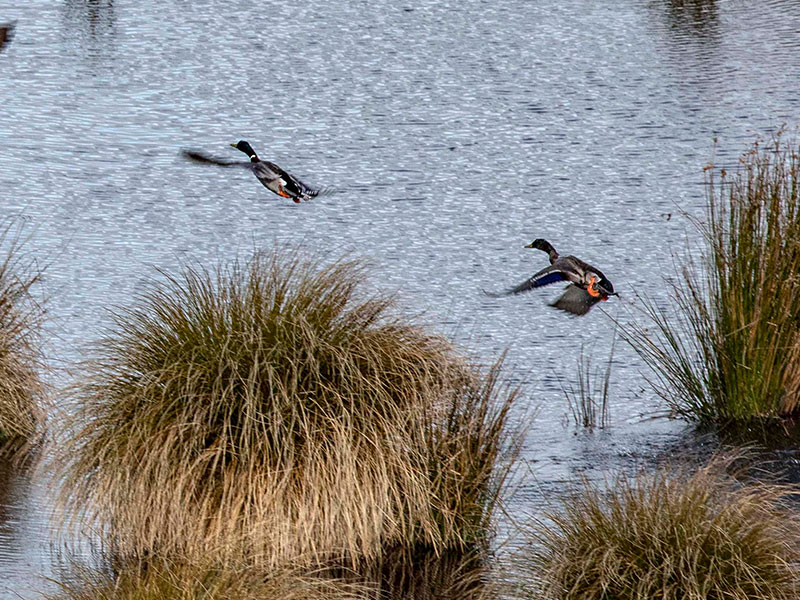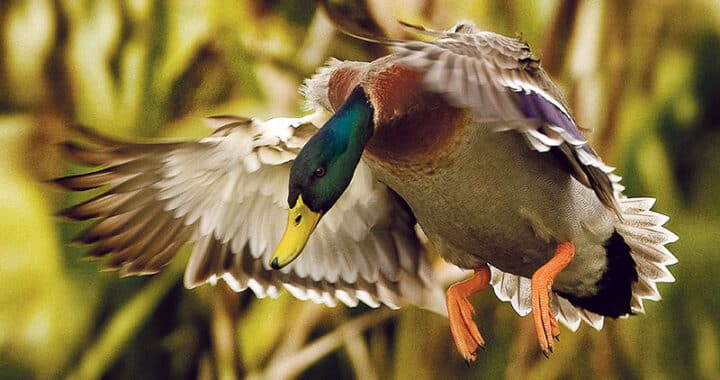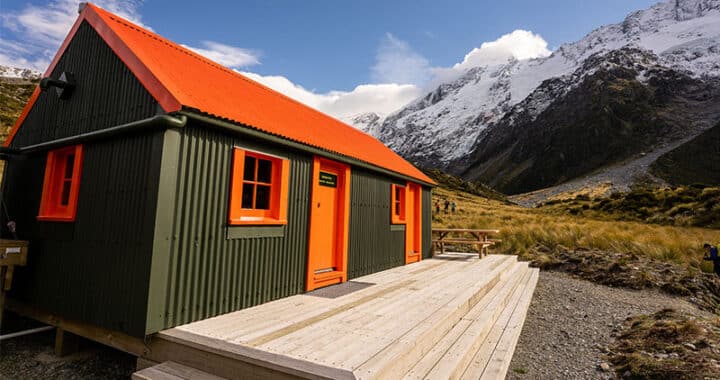Mallard harvest looks promising for Otago hunters
2 min read
Mallards lift off from Takitakitoa Wetland in the lower Taieri. Photo: Richard Cosgrove, Fish & Game
With this year’s mallard monitoring results 10% above the average count since 2015, duck hunters in Otago can look forward to an above-average season this year if the weather plays its part, says Otago Fish & Game officer Bruce Quirey.
Otago Fish & Game conducted an aerial survey last week across parts of the Taieri, Clutha, and Pomahaka.
“Rivers and other permanent bodies of water are likely to offer the best shooting for mallards due to dry conditions, unless there is substantial rain before the opening weekend on 1 May,” Quirey said.
Mallard monitoring is a trend count and results can be affected by many variables, such as water levels and weather, on the day.
Some parts of Otago are extremely dry and there are variances between areas across the region.
River transects had more ducks on them this year than usual, Quirey said.
“Parts of the Clutha and Pomahaka rivers had some of the highest recorded concentrations of ducks since 2015.
“One river section had almost doubled its previous highest count.”
Many permanent ponds had good mallard counts.
“One lucky pond had four times the highest number recorded on it in the past six years.”
On cross-country transects, mallard counts were well below the average. There is a lack of ephemeral water in shallow ponds and paddocks. Ducks have largely moved away from many of these areas, Quirey said.
A third of all ponds surveyed had no ducks. Several ponds were dry. However, a few of those ponds had not recorded mallards since counting began in 2015.
Farmers have reported large flocks of ducks on harvested grain in South Otago and West Otago, Fish & Game says has had several calls from farmers about nuisance populations of ducks.
“If the weather conditions are right, hunters should be in for a good harvest,” Quirey said.
“Hunters want low cloud, rain and some wind on opening weekend.”
There was no mallard monitoring last year because of the COVID-19 lockdown.
Paradise ducks
Otago’s paradise duck population is looking stable, based on this season’s counts, says Fish & Game.
An aerial count of paradise ducks in February found numbers similar to 2019 and slightly higher than 2020.
The highest counts were in Styx Basin, in the Maniototo, parts of the Ida Valley, Central Otago, and Lake Tuakitoto, in South Otago.
The paradise duck count is conducted in late summer while the birds are unable to fly due to moulting. Paradise ducks are likely to have dispersed to other locations since then.



